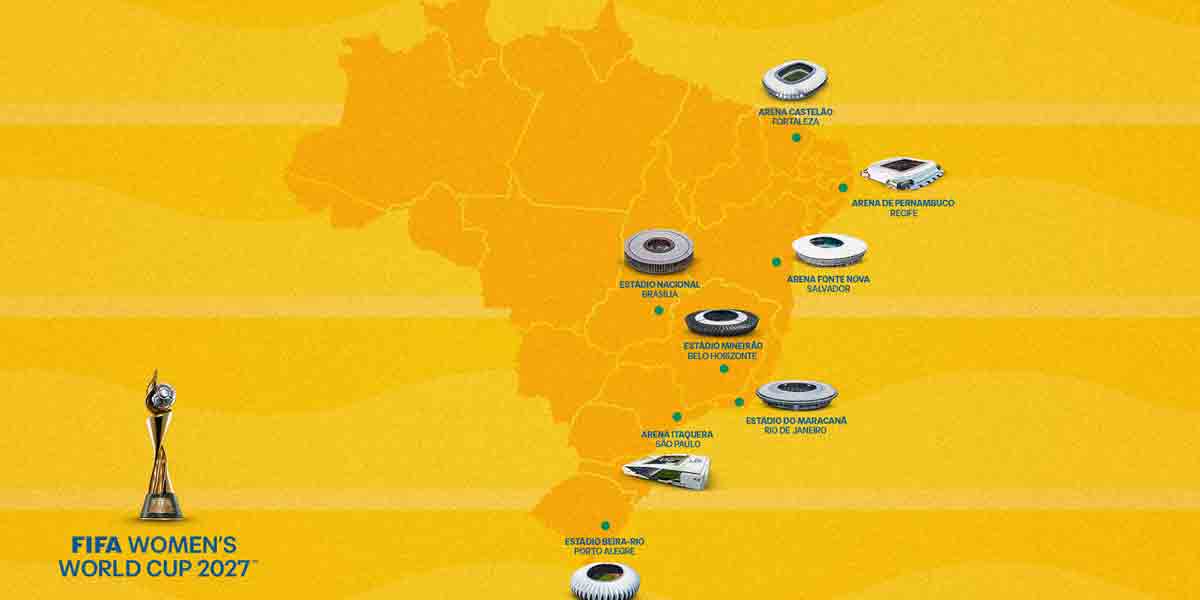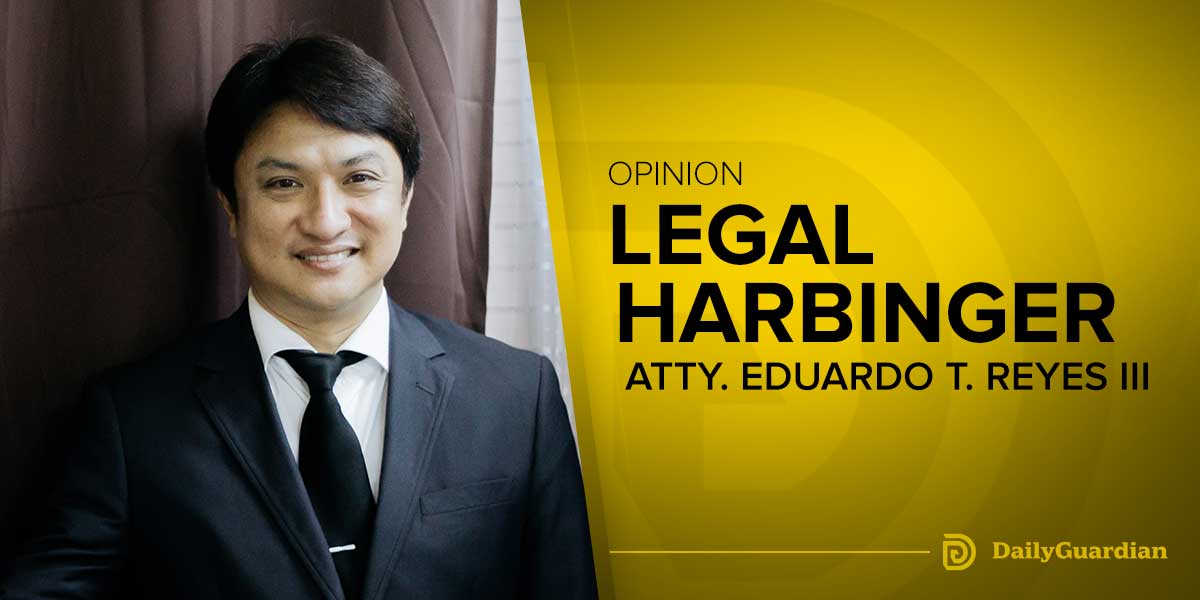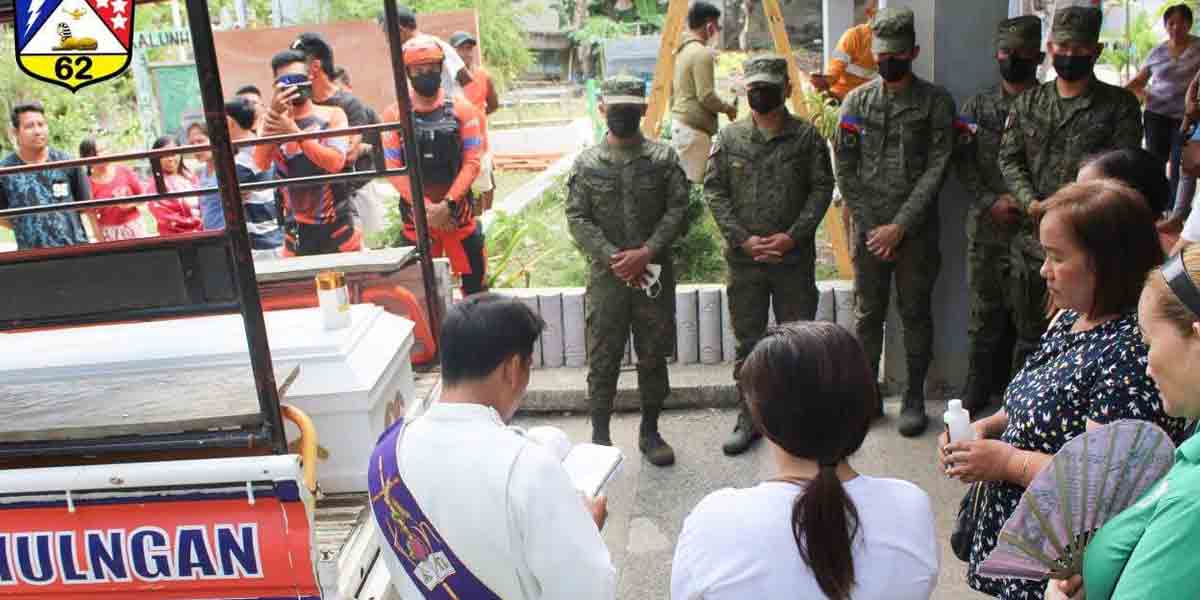By Alex P. Vidal
“With my Roman Catholic upbringing, I have a set of principles that serve me well in good times and bad.” —Steve Garvey
FILIPINO Catholics outside the Philippines are also involved in the celebration of Senor Santo Niño or Holy Child Jesus in the third Sunday of January, in one way or the other.
Raised by a Roman Catholic family in the Philippines, we were also educated in a Roman Catholic institution in Iloilo City. Therefore, we belong.
While Iloilo City’s annual celebration of Holy Child Jesus is synonymous with the Dinagyang Festival, we must not digress from the festivity’s true religious meaning; we must focus on its spiritual impetus and always remember it’s a symbol of the birth of Catholicism in the Philippines more than 500 years ago.
Our devotion to the Santo Niño as Filipinos—wherever we live around the world—is connected to historical accounts which showed that Portuguese explorer Ferdinand Magellan arrived on the shores of Cebu on March 16, 1521.
-o0o-
Magellan presented the image (a wooden statue about 12 inches tall that bears a golden crown and imperial regalia) of the Child Jesus to Queen Juana, the wife of Rajah Humabon as a baptismal gift, when she, together with other rulers and natives, converted to the Catholic Faith.
In his “Magellan” song, the late Cebuano comedian and singer Yoyoy Villame belted, “When Magellan landed in Cebu City Rajah Humabon met him, they were very happy. All people were baptized and built the church of Christ. And that’s the beginning of our Catholic life.”
Being a Roman Catholic though is not enough. We must know first why we are Roman Catholics and how we became Roman Catholics even before baptism in a Catholic church.
If we don’t know how to practice the religion that brings us to the teachings of Jesus Christ, we must at least know its history and where it came from; how it evolved and why it became one of the most dominant religions in the world.
Roman Catholicism is the product of 20 centuries of history.
To understand it, we must try to understand this history.
Not only it is the product of history, but it involves a distinctive attitude toward history.
-o0o-
A Roman Catholic looks upon the history of the church as an organic whole; he is proud “that catholicism cannot be identified simply and wholly with primitive Christianity, nor even with the gospel of Christ, in the same way that the great oak cannot be identified with the tiny acorn.”
And yet he must insist that the church is the institution of Christ, that Peter was the first pope, and that the seven sacraments all go back to the Lord himself.
This attitude toward history makes it essential that we examine the historical evolution of Roman Catholicism.
How did Christianity become Catholic?
How did it happen that from a simple message and unpretentious life of Jesus of Nazareth, as we find this described in the gospels, there came an international organization, fully equipped with priests and bishops and patriarchs, with rites and sacraments and pomp, with the power of discipline for this world and the control over grace for the next?
“Surely the contrast is a striking one, even for a person who believes that it was Jesus’ intention to establish catholic Christianity,” intones the late Jaroslav Pelikan in The Riddle of Roman Catholicism.
Catholic Christianity should mean identity plus universality.
Pelikan explains further: “By ‘identity’ I mean that which distinguishes the church from the world—its message, its uniqueness, its particularity. By ‘universality,’ on the other hand, I mean that which impels the church to embrace nothing less than all mankind in its vision and in its appeal.”
He clarifies that “’identity plus universality’ is not a logical definition, and it is not intended as one.”
-o0o-
“Indeed, catholic Christianity is probably as incapable of logical definition as is the taste of cheddar cheese or the music in the closing scene of Don Giovanni. One famous definition finds the essence of Catholicism in this, ‘that it does not distinguish between the church in the religious sense of the word (the church of Christ) and the church in the legal (or institutional) sense of the word.’”
Russian theologian, Aleksieri Khomiakov has a better description:
“The church is called one, holy, universal (or catholic), and apostolic because she is one and holy; because she belongs to the whole world, and not to one particular locality; because through her all humanity and all the earth are hallowed, not one particular nation or one particular country; because her being consists in the agreement and unity of spirit and life of all her members on the whole earth, who acknowledge her; because, finally, the whole of her faith, her hope, and her love is contained in the writings and the teachings of the apostles.”
Throughout its life, then, catholic Christianity means identity plus universality.
The combination appears in catholic piety, churchmanship, theology, and liturgy; and the narrative of how the combination came into existence is the history of the rise of the catholic Christianity, according to Pelikan.
In the words of a liberal Protestant historian, “Catholicism is…as old as the Church if we include its rudimentary form; there is hardly a single one of its elements which was not present” in the first century.
Where these elements appear together, be it East or West, there is catholic Christianity, concludes Pelikan.
(The author, who is now based in New York City, used to be the editor of two daily newspapers in Iloilo.—Ed)





















